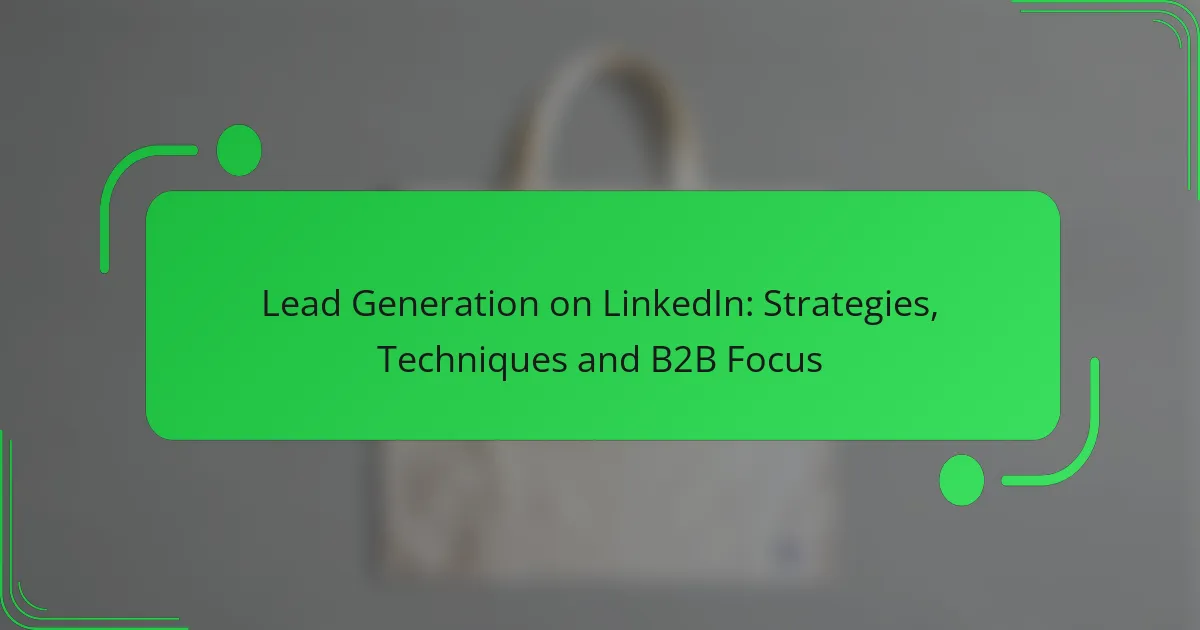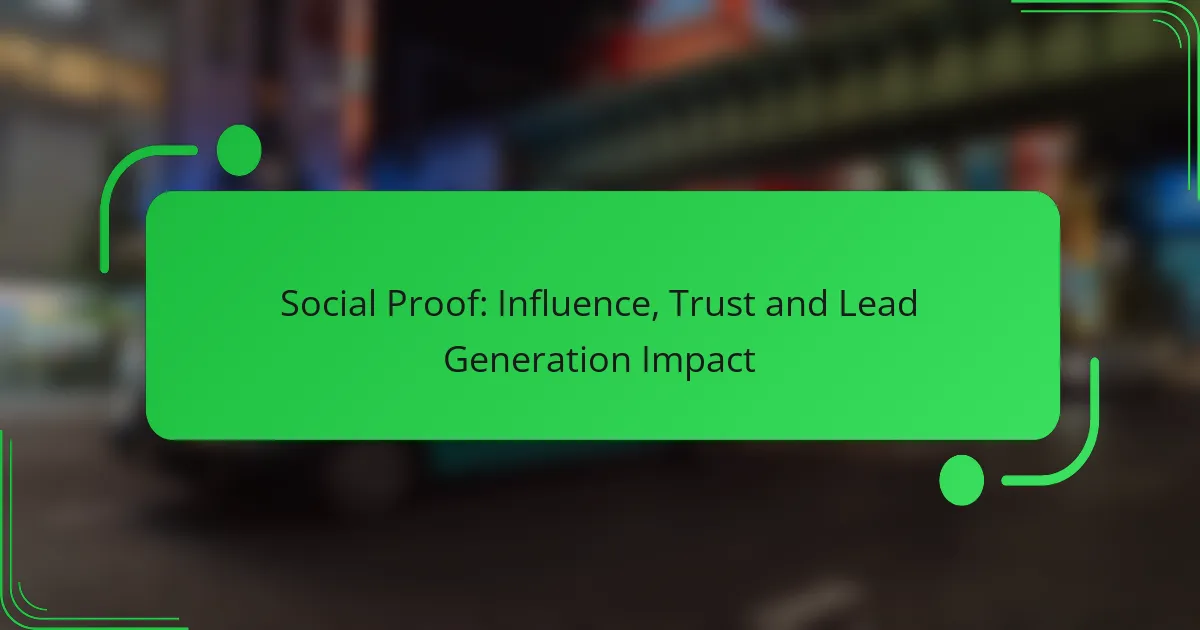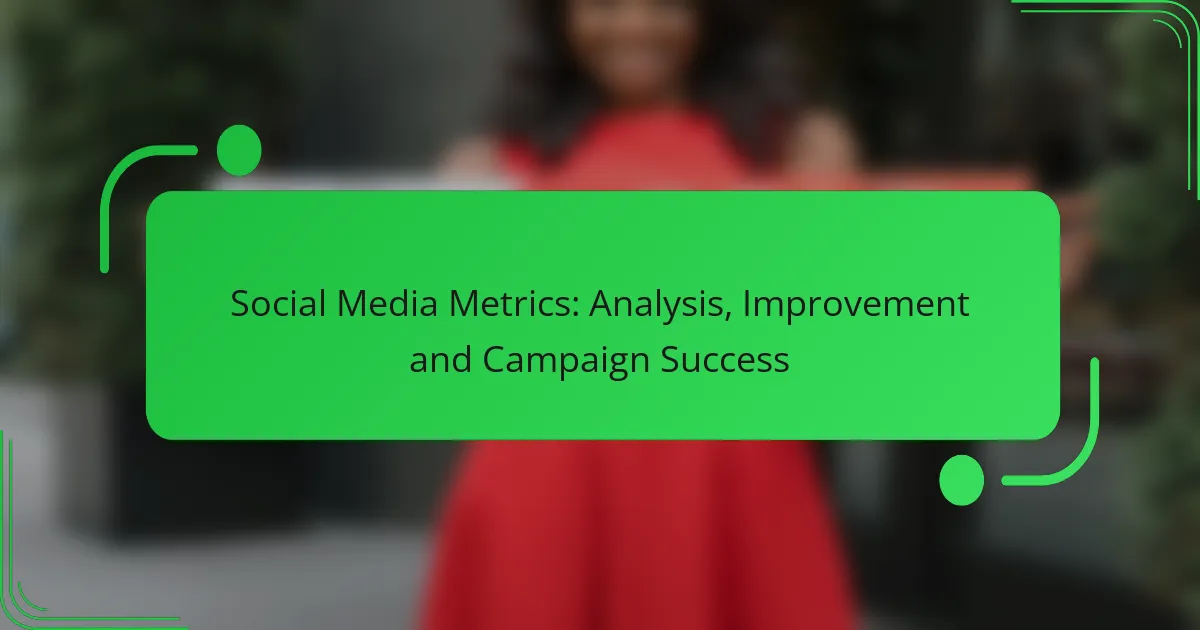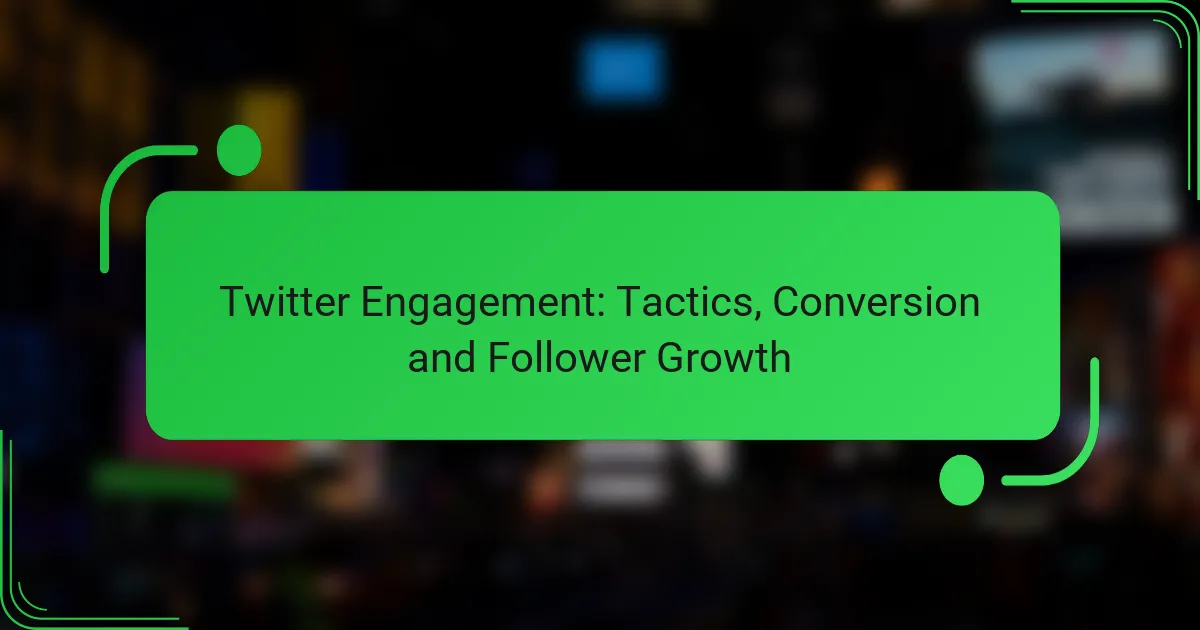Lead generation on LinkedIn is a powerful strategy for B2B businesses looking to connect with potential clients. By utilizing targeted outreach, personalized messaging, and engaging content, companies can foster meaningful relationships and enhance their authority in the industry. Leveraging LinkedIn’s unique tools and features can streamline the lead generation process and improve overall engagement.
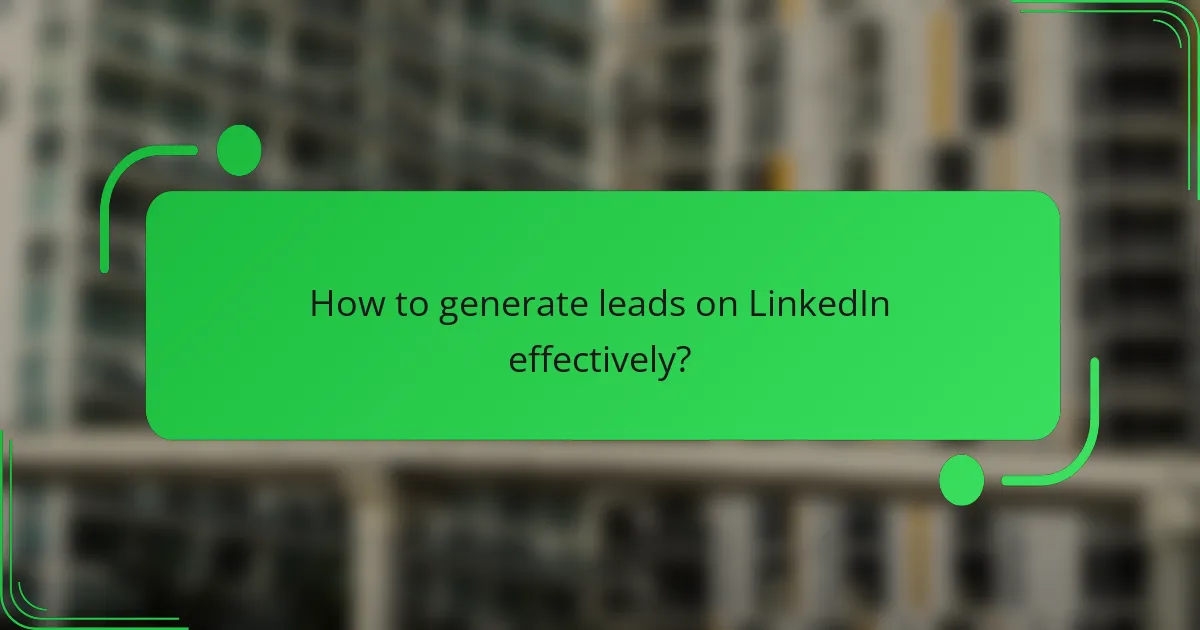
How to generate leads on LinkedIn effectively?
Generating leads on LinkedIn effectively involves leveraging the platform’s unique tools and features to connect with potential clients. By focusing on targeted outreach and engaging content, businesses can build valuable relationships and drive conversions.
Utilize LinkedIn Sales Navigator
LinkedIn Sales Navigator is a premium tool designed for sales professionals to find and engage with the right prospects. It offers advanced search capabilities, allowing users to filter leads based on criteria such as industry, company size, and geography.
To maximize its potential, regularly update your search preferences and save leads for follow-up. Consider using InMail to reach out directly to prospects, as it often yields higher response rates than standard connection requests.
Leverage LinkedIn Ads
LinkedIn Ads can effectively target specific audiences based on their professional attributes. Sponsored content, text ads, and InMail campaigns can help promote your services directly to decision-makers in your industry.
Set a clear budget and define your campaign goals, whether it’s lead generation or brand awareness. Monitor performance metrics closely to optimize your ads for better results, adjusting targeting and messaging as necessary.
Engage with LinkedIn Groups
Joining LinkedIn Groups relevant to your industry can provide opportunities to connect with potential leads. Actively participating in discussions and sharing insights can establish your authority and attract interest in your offerings.
Be mindful of group rules regarding promotions; focus on providing value first. Consider creating your own group to foster a community around your expertise and engage directly with members.
Optimize your LinkedIn profile
An optimized LinkedIn profile is essential for lead generation. Ensure your profile includes a professional photo, a compelling headline, and a detailed summary that highlights your expertise and services.
Incorporate relevant keywords to improve search visibility and include recommendations from colleagues or clients to build credibility. Regularly update your profile to reflect your current skills and achievements.
Share valuable content regularly
Regularly sharing valuable content on LinkedIn can position you as a thought leader in your field. Aim to post articles, insights, or industry news that resonate with your target audience.
Utilize a content calendar to maintain consistency and engage with comments to foster discussions. Consider using a mix of formats, such as videos, infographics, and polls, to keep your audience engaged and encourage sharing.
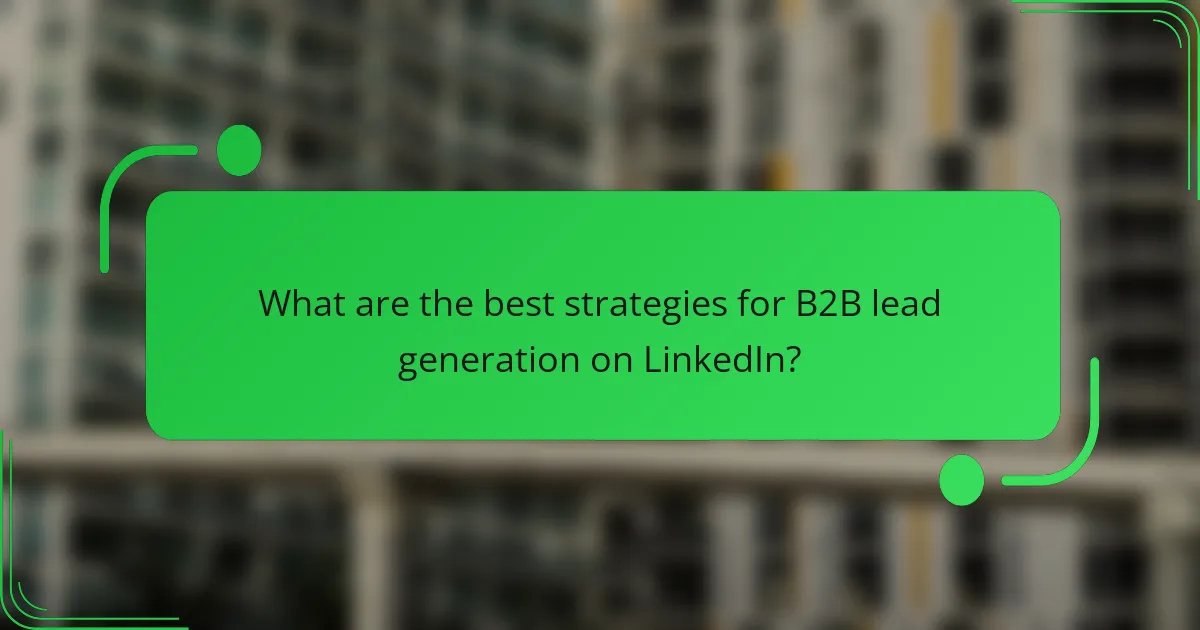
What are the best strategies for B2B lead generation on LinkedIn?
The best strategies for B2B lead generation on LinkedIn include targeted connection requests, personalized messaging campaigns, and content marketing through articles. These approaches help businesses connect with potential clients, build relationships, and establish authority in their industry.
Targeted connection requests
Targeted connection requests involve sending invitations to connect with specific individuals who fit your ideal customer profile. Focus on decision-makers and influencers within your target companies to increase the likelihood of generating quality leads.
When sending connection requests, personalize your message by mentioning mutual connections or shared interests. This can significantly improve acceptance rates and lay the groundwork for future conversations.
Personalized messaging campaigns
Personalized messaging campaigns allow you to engage with your connections through tailored messages that address their specific needs or challenges. Start by segmenting your audience based on industry, role, or interests to create relevant content.
Utilize LinkedIn’s messaging features to follow up with connections after they accept your request. Aim for a conversational tone, and avoid overly salesy language. A simple check-in or sharing a valuable resource can foster a stronger relationship.
Content marketing through articles
Content marketing through articles on LinkedIn positions you as a thought leader in your field. Share insights, case studies, or industry trends that resonate with your target audience to attract attention and encourage engagement.
Regularly publish articles that address common pain points or provide solutions relevant to your industry. Aim for a consistent posting schedule, as this can help maintain visibility and keep your audience engaged over time.
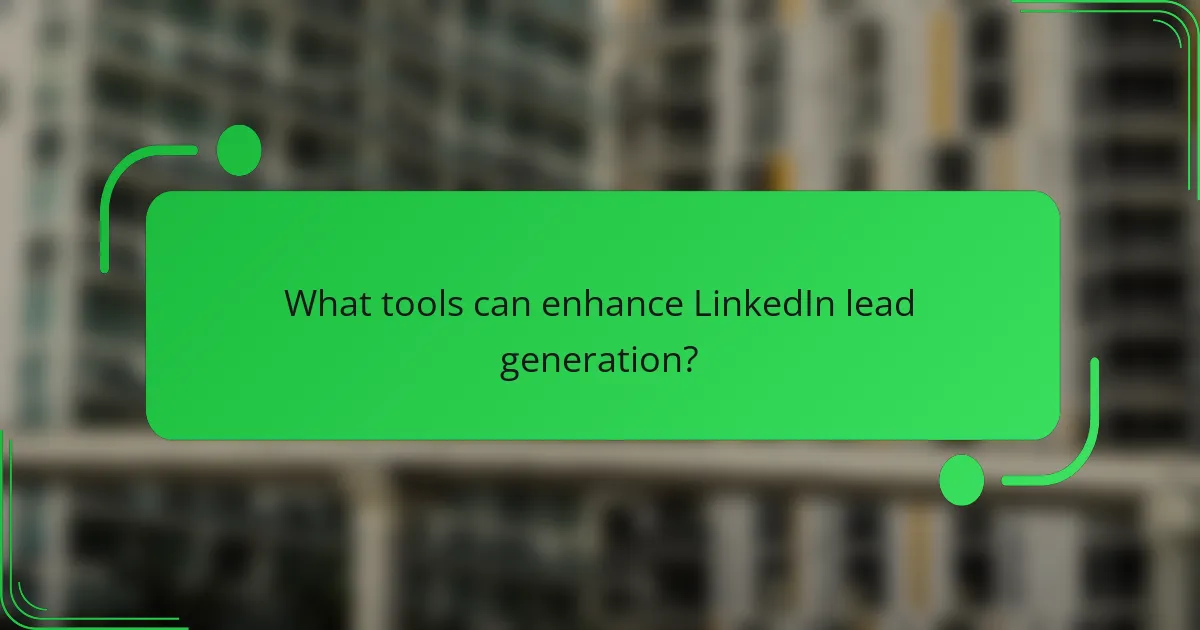
What tools can enhance LinkedIn lead generation?
Several tools can significantly improve LinkedIn lead generation by streamlining processes, enhancing engagement, and creating compelling content. Utilizing integrations and scheduling tools can help maintain a consistent presence, while design platforms can elevate the visual appeal of your posts.
HubSpot for LinkedIn integration
HubSpot offers a robust integration with LinkedIn that allows users to manage their marketing efforts directly from the HubSpot platform. This integration enables you to track leads, analyze engagement metrics, and automate outreach, making it easier to nurture relationships with potential clients.
To effectively use HubSpot for LinkedIn, ensure you set up lead capture forms and utilize the CRM features to segment your audience. Regularly review analytics to refine your strategy based on what content resonates most with your target market.
Hootsuite for scheduling posts
Hootsuite is a powerful tool for scheduling LinkedIn posts, allowing you to plan your content in advance and maintain a consistent posting schedule. This is particularly beneficial for reaching your audience during peak engagement times, which can vary based on industry and location.
When using Hootsuite, consider creating a content calendar to organize your posts and ensure a mix of promotional and informative content. Regularly analyze post performance to adjust your strategy and maximize engagement.
Canva for creating visuals
Canva is an excellent platform for designing eye-catching visuals that can enhance your LinkedIn posts. High-quality images and graphics can significantly increase engagement and shares, making your content more appealing to potential leads.
To get the most out of Canva, utilize its templates specifically designed for LinkedIn, ensuring that your visuals are appropriately sized and formatted. Incorporate your branding elements, such as logos and color schemes, to maintain consistency across your marketing materials.
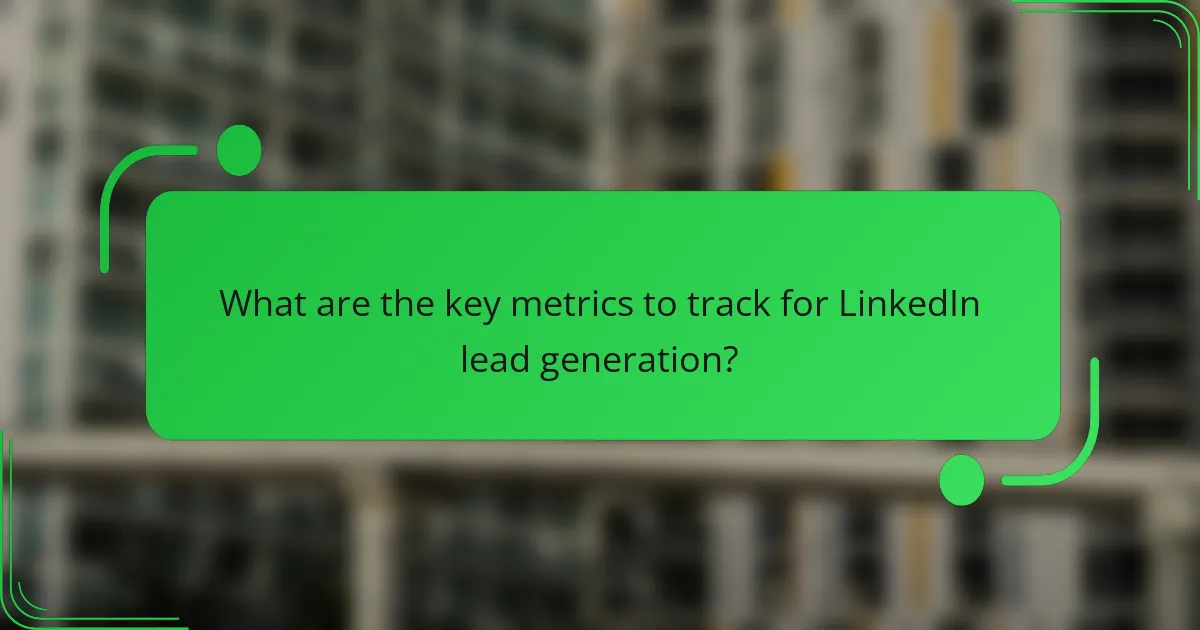
What are the key metrics to track for LinkedIn lead generation?
Key metrics for LinkedIn lead generation include connection acceptance rate, engagement rate on posts, and conversion rate from leads to customers. Tracking these metrics helps assess the effectiveness of your outreach and content strategies, enabling you to optimize your lead generation efforts.
Connection acceptance rate
The connection acceptance rate measures the percentage of connection requests that are accepted by potential leads. A higher rate indicates that your outreach messages resonate well with your target audience. Aim for a connection acceptance rate of around 20-30% as a benchmark.
To improve this metric, personalize your connection requests by mentioning mutual interests or common connections. Avoid generic messages, as they tend to be less effective. Regularly review and refine your target audience to ensure you are reaching the right people.
Engagement rate on posts
Engagement rate on posts reflects how actively your audience interacts with your content, including likes, comments, and shares. A strong engagement rate suggests that your content is relevant and valuable to your audience. Aim for an engagement rate of 2-5% for B2B posts to indicate effective content strategy.
To boost engagement, focus on creating high-quality, informative content that addresses the needs and pain points of your audience. Utilize visuals and ask questions to encourage interaction. Regularly analyze which types of posts perform best and adjust your strategy accordingly.
Conversion rate from leads to customers
The conversion rate from leads to customers measures the effectiveness of your sales process in turning potential leads into paying clients. A typical conversion rate in B2B settings can range from 1-5%, depending on the industry and sales approach. Tracking this metric helps identify bottlenecks in your sales funnel.
To enhance your conversion rate, ensure you have a clear follow-up process for leads and provide valuable resources that address their concerns. Consider using CRM tools to track interactions and tailor your sales approach based on lead behavior. Regularly review your sales tactics to identify areas for improvement.
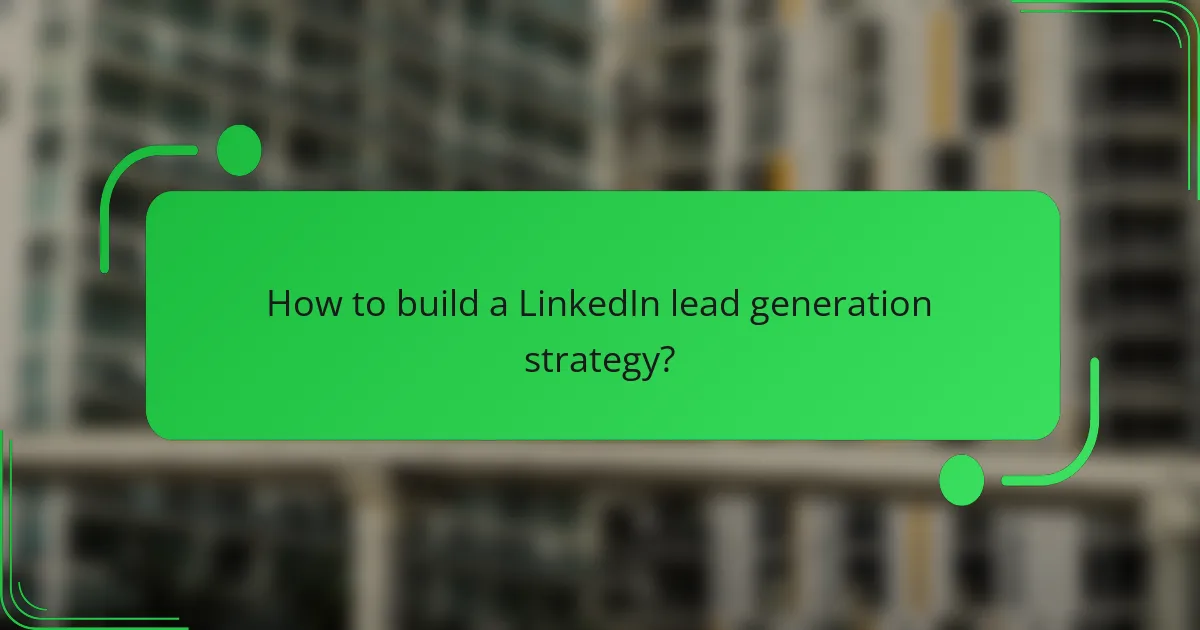
How to build a LinkedIn lead generation strategy?
Building a LinkedIn lead generation strategy involves identifying your target audience, creating engaging content, and implementing a systematic follow-up process. This approach helps in attracting potential clients and nurturing relationships effectively.
Define your target audience
Identifying your target audience is crucial for effective lead generation on LinkedIn. Start by analyzing your ideal customer profile, including industry, company size, job titles, and geographic location. This clarity enables you to tailor your messaging and outreach efforts.
Utilize LinkedIn’s advanced search filters to refine your audience further. You can segment by factors such as skills, interests, and connections, ensuring your content reaches the right people. Regularly review and adjust your audience criteria based on engagement and conversion rates.
Create a content calendar
A content calendar helps you plan and organize your LinkedIn posts, ensuring consistent engagement with your audience. Aim to create a mix of content types, including articles, infographics, and videos, that address your audience’s pain points and interests.
Schedule posts at optimal times when your audience is most active, typically during weekdays in the morning or early afternoon. Use tools like Buffer or Hootsuite to automate posting and track engagement metrics, allowing you to refine your strategy over time.
Establish a follow-up process
Implementing a follow-up process is essential for converting leads into clients. After connecting with potential leads, send personalized messages that reference shared interests or mutual connections to foster rapport. Aim to follow up within a week of initial contact.
Consider using a CRM tool to track interactions and set reminders for follow-ups. This ensures you maintain consistent communication without overwhelming potential clients. A structured approach can significantly increase your chances of closing deals and building long-term relationships.
